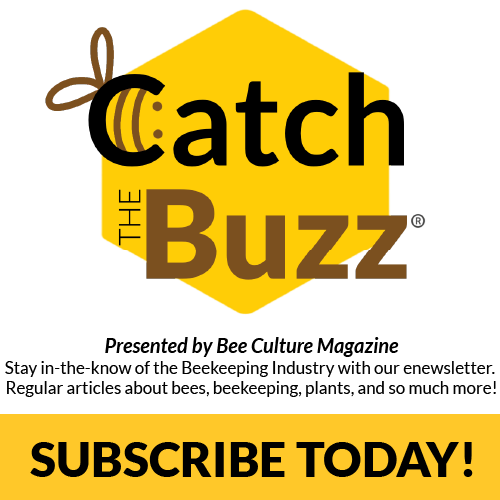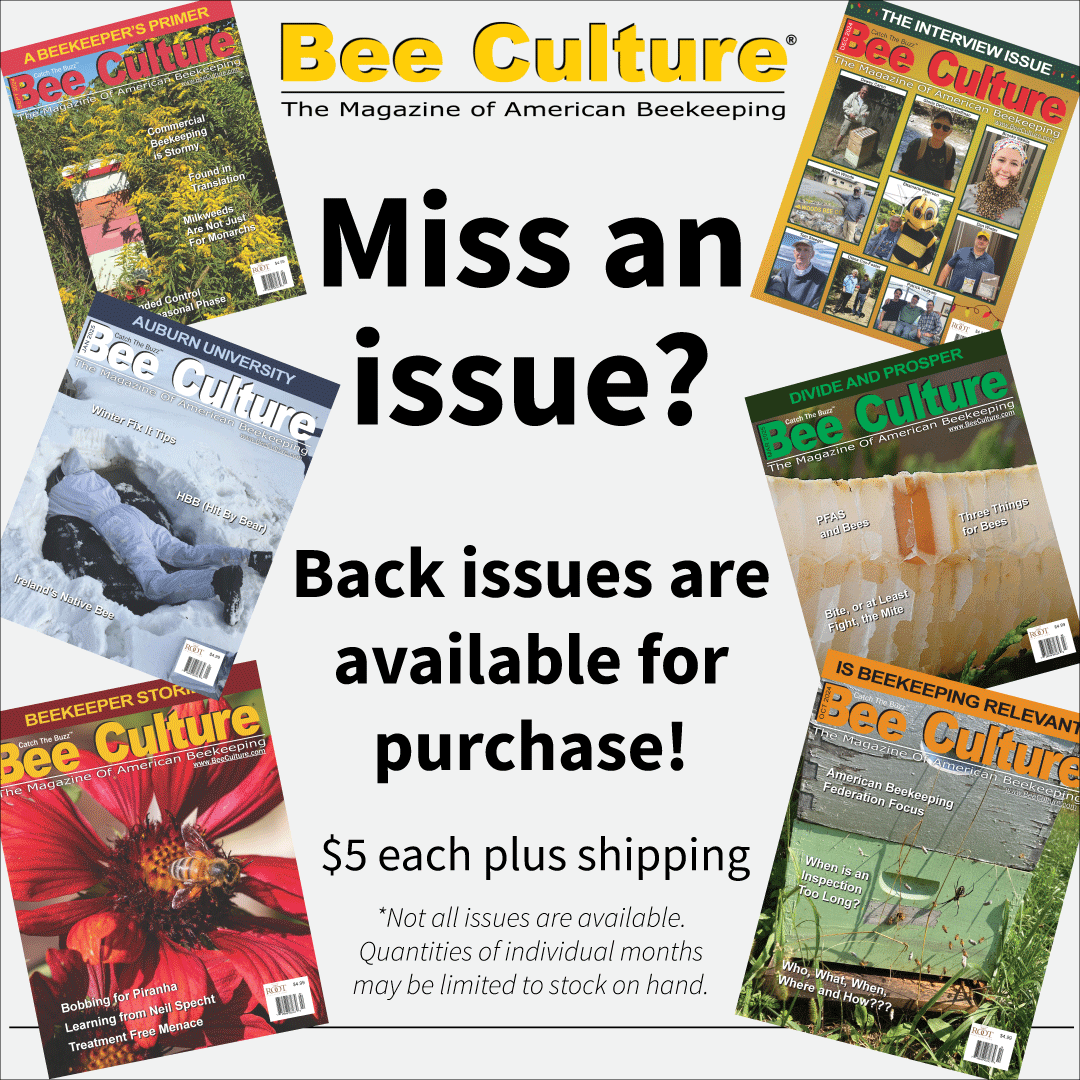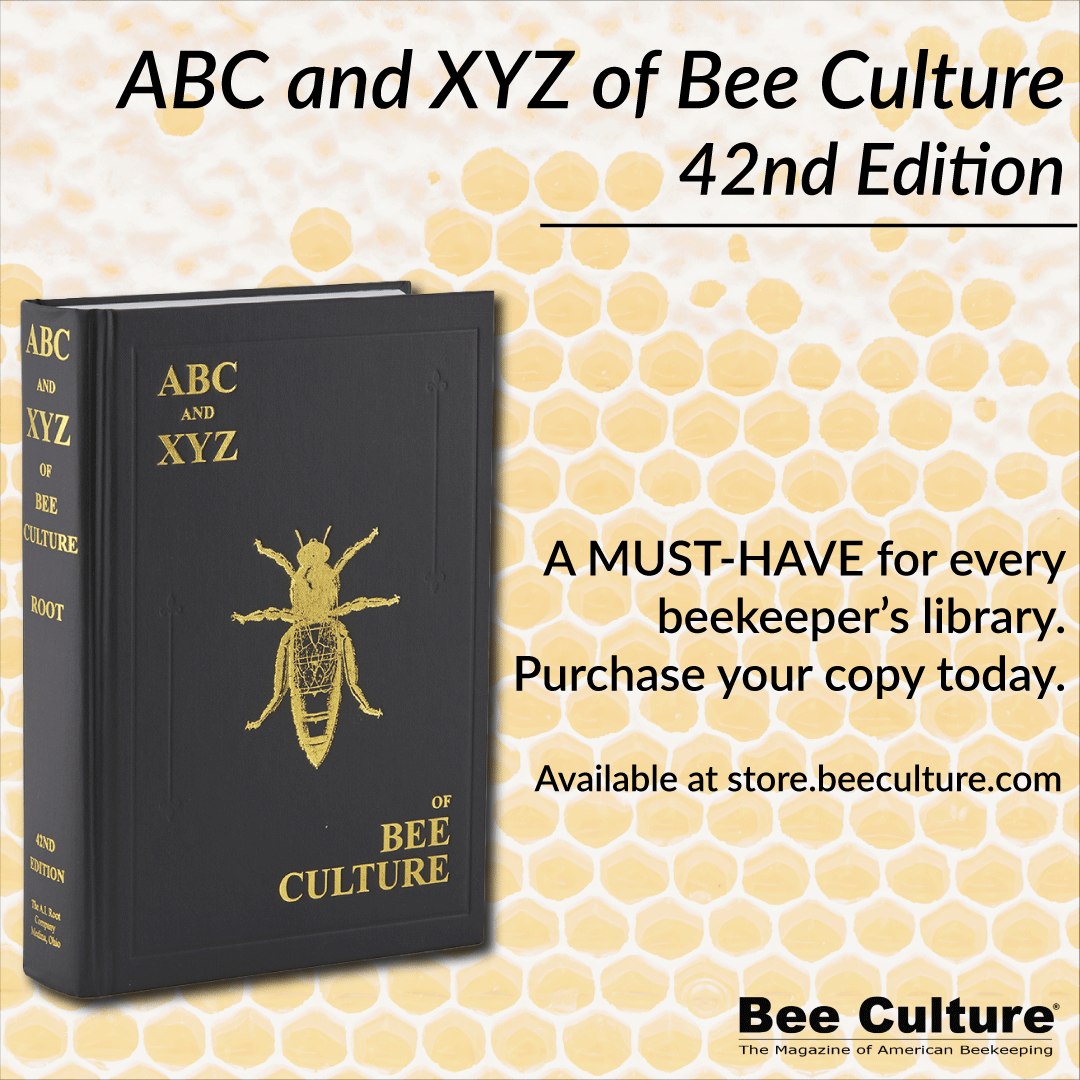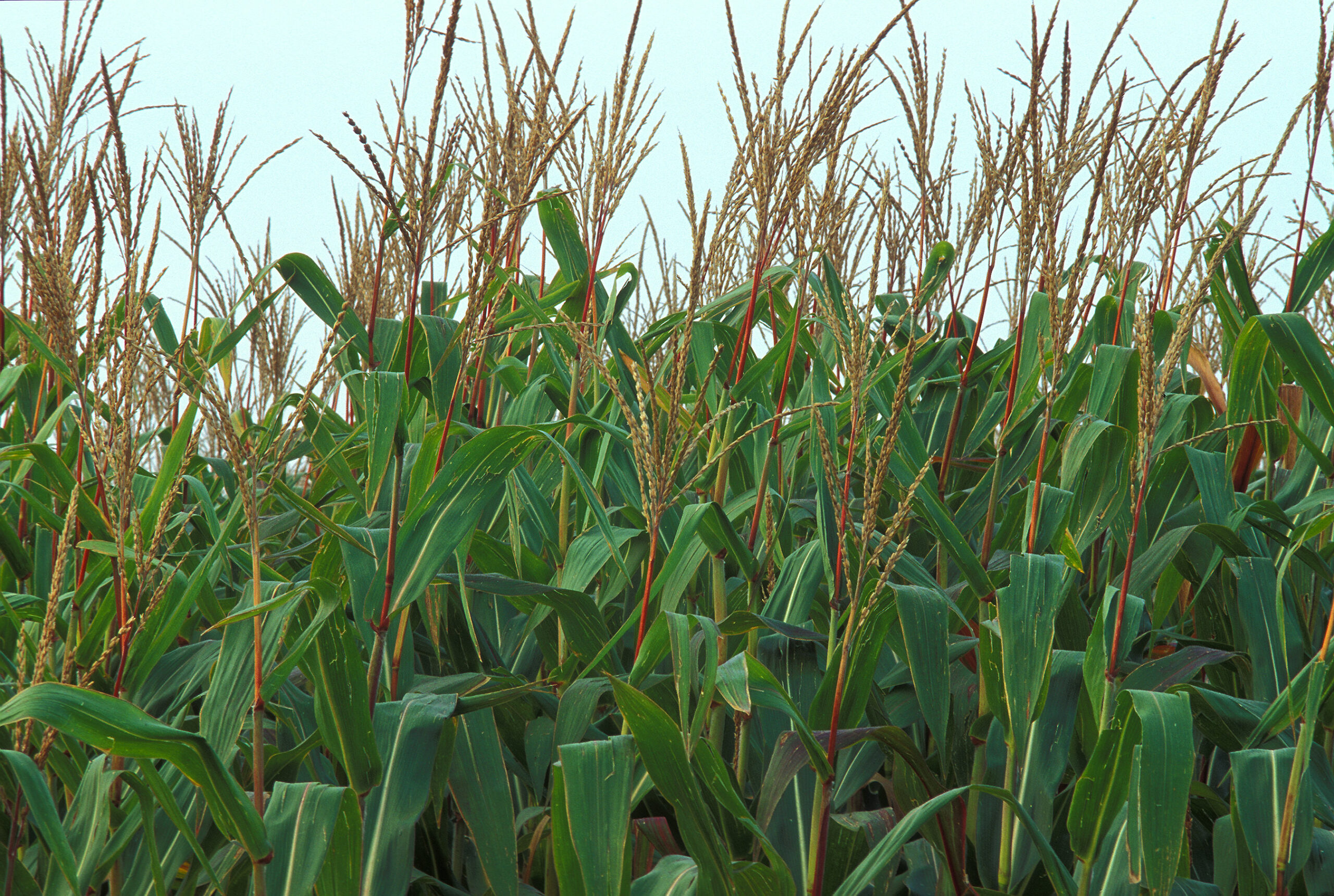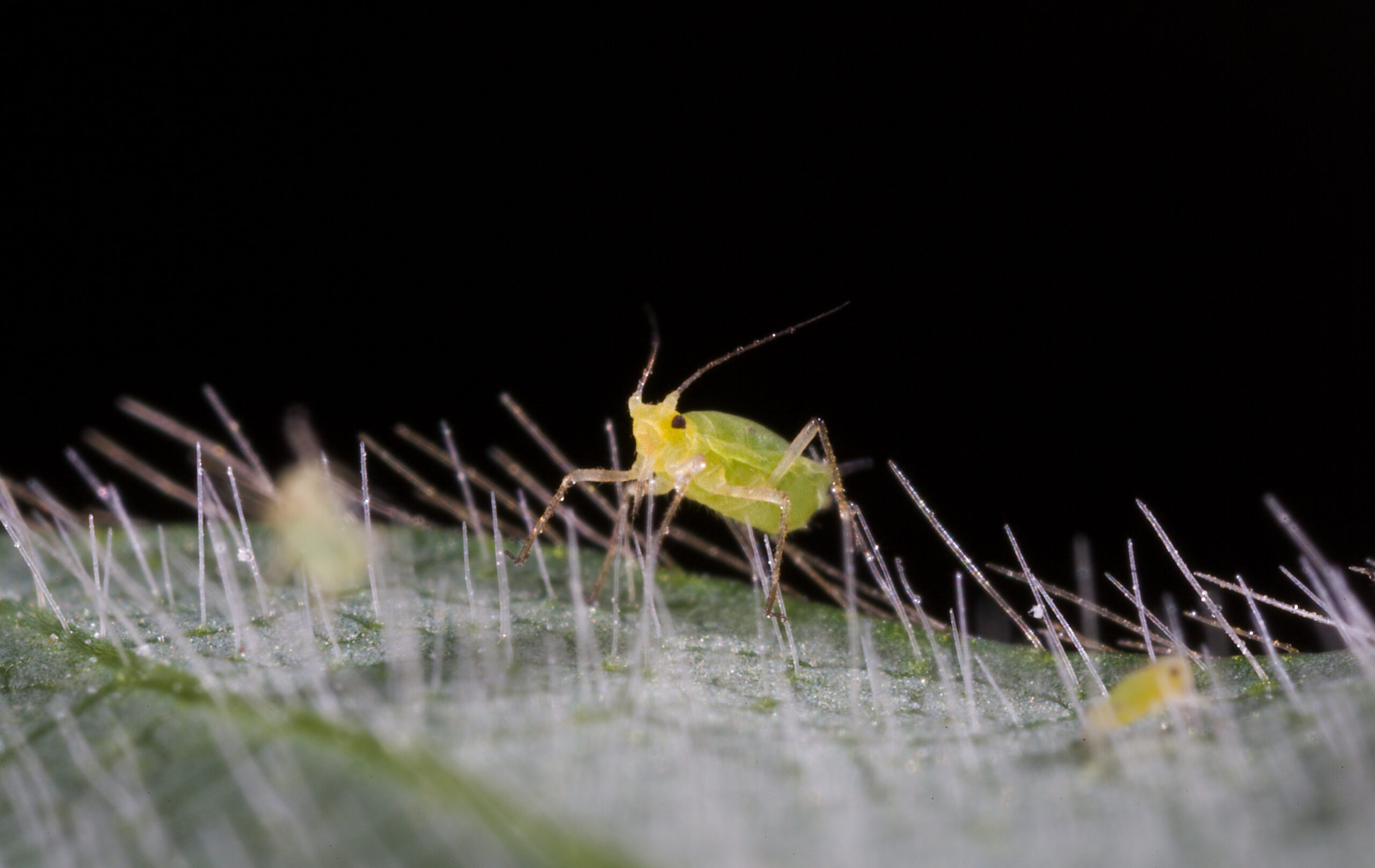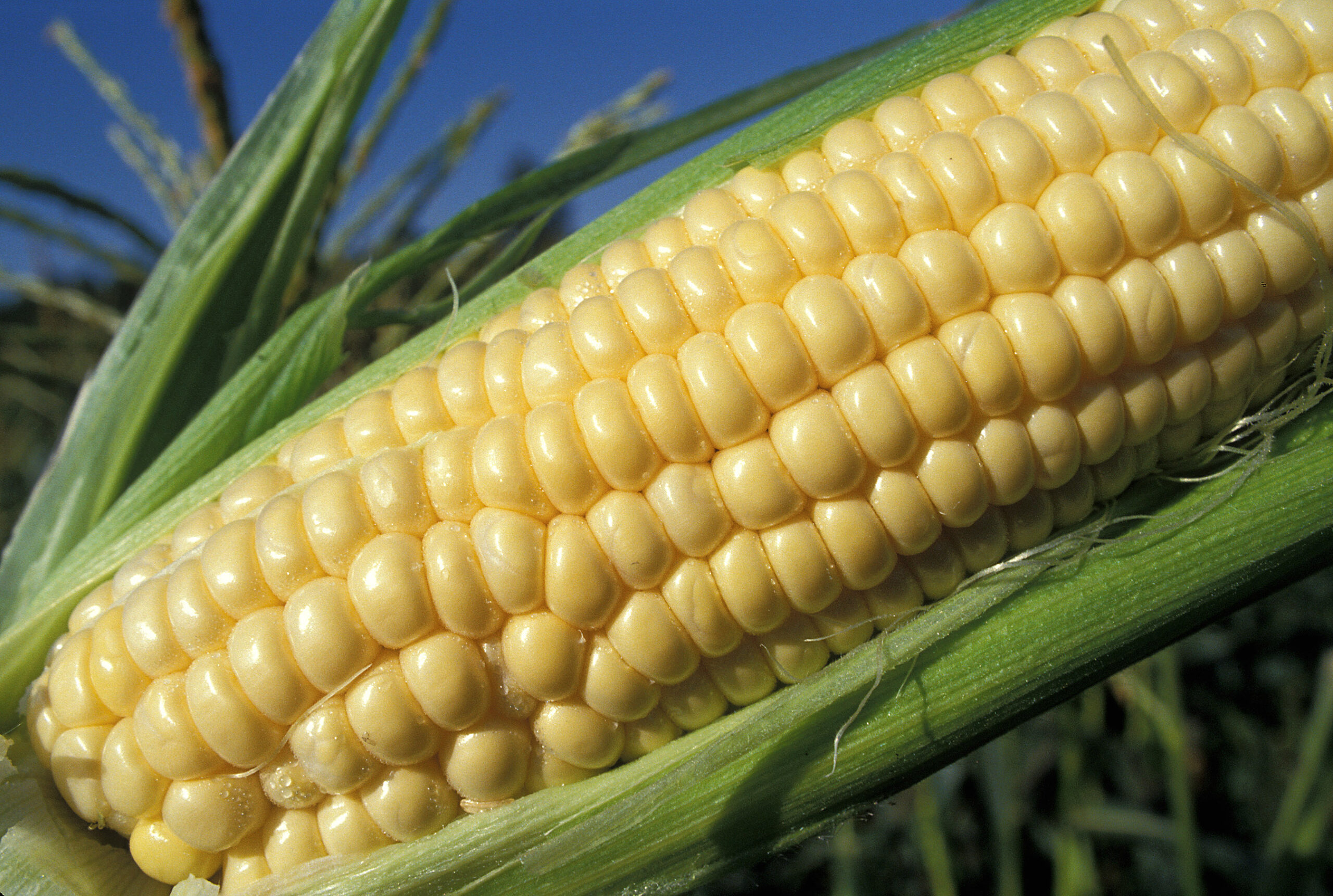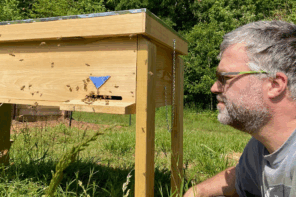Click Here if you listened. We’d love to know what you think. There is even a spot for feedback!
Read along below!
Found in Translation
Thriving in a Chemical World
By: Jay Evans, USDA Beltsville Bee Lab
Honey bees are susceptible to chemical stresses, especially those that target related pest insects. Consequently, much of the effort that goes into protecting crops from insect pests is devoted to reducing off-target effects on pollinators and other ‘non-target’ insects. This work has focused on honey bees, since they are widespread, cherished and often desired by farmers thanks to yield increases via pollination. Work in the past few months highlights both the evolving risk of chemicals to bees and, in a glass-half-full way, potential ways to mitigate those risks through nutrition and bee management.
First, for the hazards and risks. A hazard is a somewhat vague threat, on the level of “tornadoes cause structural and bodily harm”. A risk is the likelihood that a tornado will in fact cause such harm to a particular person or place as it passes through. Hazards account for historical tornadoes in an area and current seasonal or weather patterns, while risk focuses on a direct hit and the strength of your house. Insurance agents will cover someone in a Tucson brick house for the hazard of tornadoes, but they will charge a lot more for someone in an area prone to tornadoes, especially if they live in a flimsy house. As creatures of the environment, honey bees could face thousands of hazards. These hazards only become risks through contact, potency and changes in bee health that impact the colony.
Pesticides are a fact of agriculture in a populated world, at least currently. This does not mean they are a constant risk to bees, but they are enough of a concern that they must be monitored and regulated to reduce that risk. Andrew Kniss from the University of Wyoming and USDA colleagues assessed risks posed by disease management in two key crops, corn (maize) and soybeans (Kniss, A. R., A. De Stefano, E. Arnold, C. Douglass, C. Myers, C. Paisley-Jones and M. Ranville (2025) Honeybee toxicity of pesticides used in United States maize and soybean production, 1998–2020. Integrated Environmental Assessment and Management:vjaf003, https://doi.org/10.1093/inteam/vjaf003). These are hugely impactful crops for our food supply and our land use. According to USDA statistics, corn will be planted on 95.3 million acres in 2025, about 28% of the total agricultural land in the U.S. Soybeans are expected to cover 83.5 million acres or 25% of farmed lands. With over half of U.S. croplands devoted to these two species, it is likely that many bee colonies will come in contact with one or both crops.
This paper takes an economic approach to the potential upside of pesticide use (more food for society in the face of numerous biological threats) and the costs in terms of negative effects on non-target species like bees. Toxicological risks were based on US EPA’s Ecotox database, a compilation of thousands of experimental studies related to toxicity (https://cfpub.epa.gov/ecotox/), including 500+ studies of honey bee responses. The punchline for corn from 1998 to 2020 is that risk to bees from pre-emergence (soil) treatments decreased dramatically from 1998 to 2010 while post-emergence (foliar) treatments have increased slightly since around 2005, largely due to attempts to control beetle pests with foliar treatments. Soybeans, in contrast, have seen a sharp increase in post-emergence risk factors, as soy farmers battle aphids and other bugs using foliar treatments that present a heavy risk for foraging bees. There is far more in this study to unravel, including an ‘eco-efficiency’ metric that can be a useful tool to measure whether current land practices provide a sufficient bump in yield to justify added risk to pollinators. This metric suggests that more work can be done in both of these two vital crops to improve yields without damaging bees.
These corn and soybean analyses, and their underlying databases, ignore seed treatments that are known to present bee risks during planting and beyond (on that topic see excellent work by Professor Judy Wu-Smart at the University of Nebraska and colleagues, https://scholar.google.com/scholar?q=author:%22Wu-Smart%20Judy%22). Corn and soy farms deploy treated seeds in 98% (https://www.epa.gov/system/files/documents/2022-01/exposac-policy-15_amount-seed-treated-planted.pdf ) and 90% (https://soygrowers.com/) of planted acreage, respectively, and it will be interesting to see how the hazards in these treatments translate into risks for bees. Mitigating those risks is an active field of research within industry, academic and government labs.
Despite chemical hazards, beekeepers can be proactive in their hive placement and management to reduce realized risks. One way is through providing alternate forage for bees and there has been abundant work describing alternate ‘prairie’ habitat for beekeepers near agricultural swaths. Especially in the upper Midwest, these experiments have been done at a scale that shows benefits to bee survival and productivity. A recent study, led by Ashly St. Clair at Iowa State University and colleagues there and in Illinois, highlights the benefits of moving bees to so-called ‘prairie strips’ for Summer forage (St. Clair, A. L., A. G. Dolezal, R. P. Cass, H. P. Hendriksma, D. S. Stein, K. E. Borchardt, E. W. Hodgson, M. E. O’Neal and A. L. Toth (2025) Insecticide application prevents honey bees from realizing benefits of native forage in an agricultural landscape. Science of The Total Environment 959:178146, https://www.sciencedirect.com/science/article/abs/pii/S0048969724083049?via%3Dihub). As in prior work, bees thrived when given adjacent diverse forage. Nevertheless, bees that had been exposed to agrochemicals in controlled field experiments were slow to rebound when placed on prairie strips, suggesting the risks of this exposure were not easily fixed. More field experiments like this can help bees and beekeepers survive challenging landscapes.
For those without a flowering prairie at their disposal, it is possible that food supplements can help bees endure a chemical insult. Pierre Lau and USDA colleagues recently published a study indicating that the risks of neonicitinoid insecticides on honey bees can be partially offset by providing supplemental nutrition (Lau, P. W., G. Tundo, J. Caren, W. Zhang and Y. C. Zhu (2025) Honey bee immune response to trace concentrations of clothianidin goes beyond the macronutrients found in artificial diets. Scientific Reports 15:10738, https://doi.org/10.1038/s41598-025-94647-1). In this laboratory study, protein supplements were critical for bee survival. Bees given supplements consisting of a 3:2 protein-to-lipid ratio survived well, while lower ratios of protein and bees given sucrose alone survived poorly, especially when also exposed to trace levels of clothianidin, an insecticide widely used in agriculture. A corollary of that result is that if bees are nutritionally stressed, which happens in different seasons, their risk from the same exposure to chemicals is more substantial. Commercial beekeepers have long acted on a sense that bees needed fresh and abundant ‘wild’ forage following bouts in certain crops, and this study supports those actions. Abundant results showing pesticide risks to bees are not new or controversial and the dialogue between growers, regulators and beekeepers is pretty mature. As beekeepers, you need to beware of your surroundings, proactive at many levels, and do what you need to squash hazard before they become actual risks.

